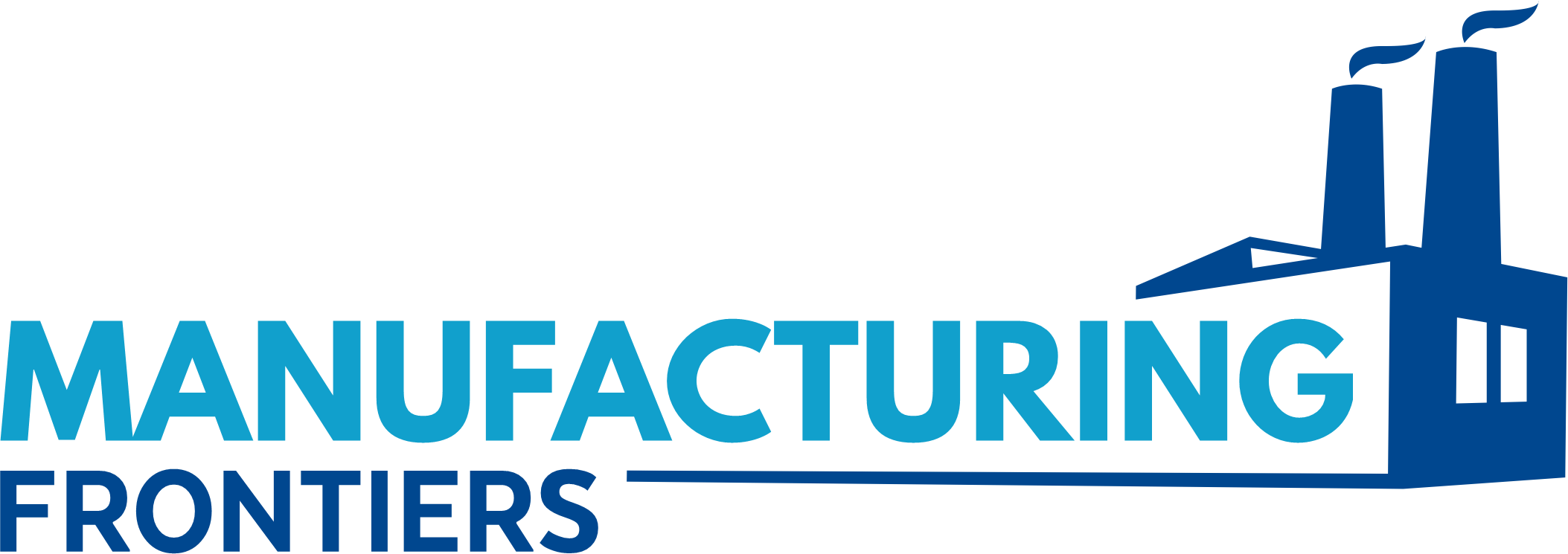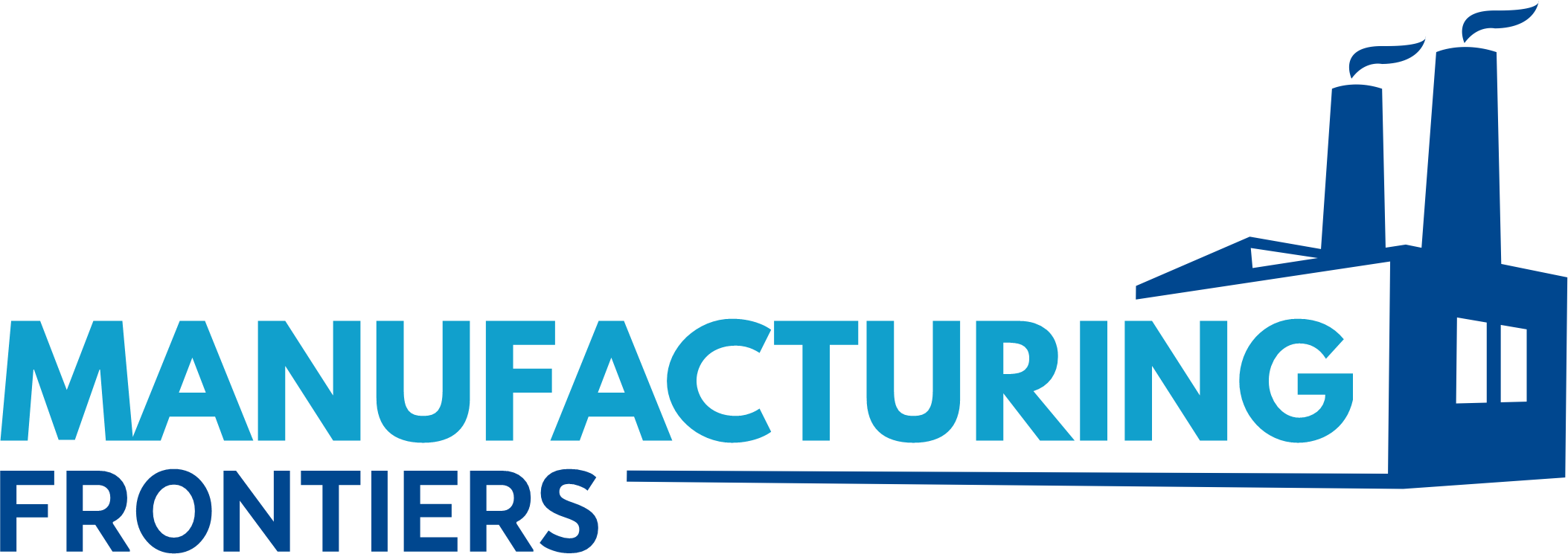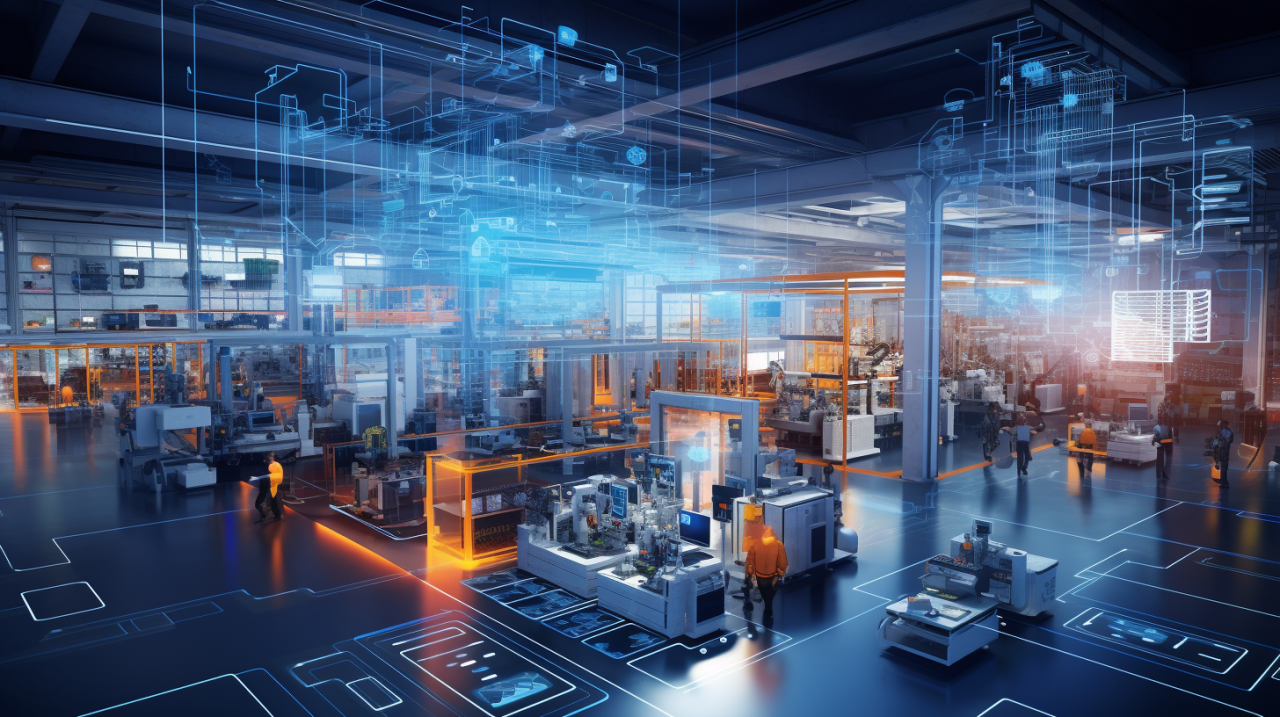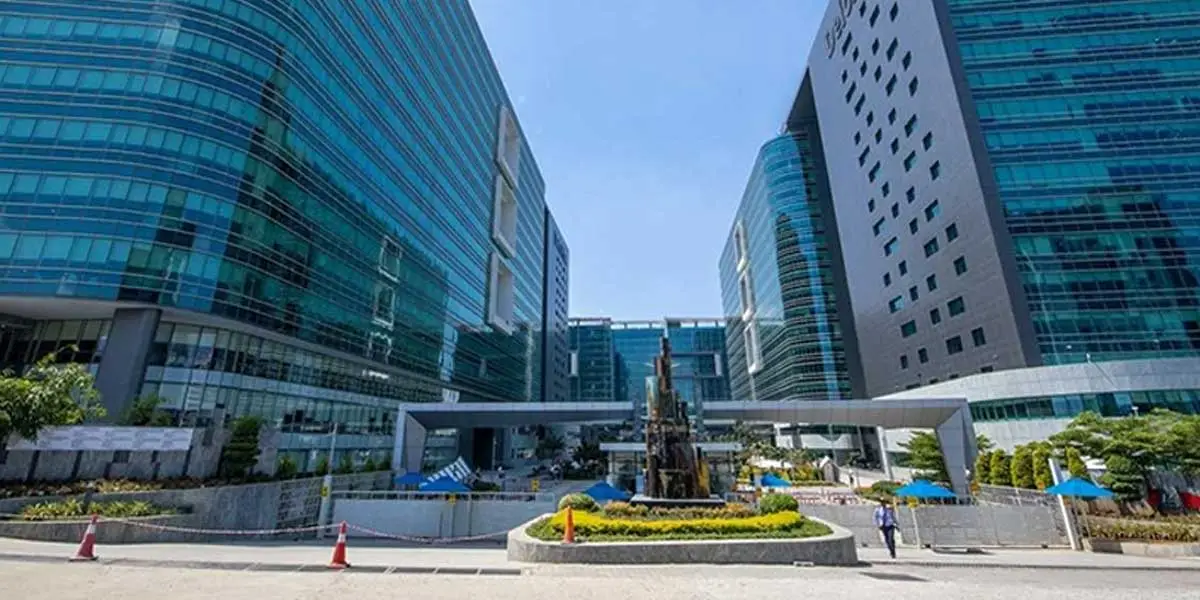optimize operations and reduce inefficiencies. In this article, we explore the vision, roadmap, and technologies that are propelling the growth of smart factories and how businesses can capitalize on this trend.
Defining the Vision and Roadmap for Smart Factories
The vision of a smart factory goes beyond simply automating tasks; it’s about creating a fully-integrated system that can adapt to changes instantly. This vision involves connecting various elements within the factory, from machinery and sensors to the supply chain and customer interfaces, to work in harmony.
The roadmap to achieving this vision starts with the identification of key business goals and aligning them with smart technologies. This includes selecting the right automation solutions, data management tools, and the digital infrastructure required to implement the system.
Implementing Technology to Enhance Factory Intelligence and Efficiency
To build a smart factory, manufacturers must implement a variety of technologies that enhance both factory intelligence and operational efficiency:
- Internet of Things (IoT): Smart factories rely heavily on IoT devices to collect data from machines, sensors, and other devices within the factory. This data is then analyzed to optimize processes, predict maintenance needs, and ensure optimal resource utilization.
- Artificial Intelligence (AI) & Machine Learning (ML): These technologies enable smart factories to process vast amounts of data, learn from patterns, and predict future trends. AI and ML play a crucial role in making real-time decisions that improve operational efficiency and quality.
- Robotics and Automation: Automated systems and robots are integral to smart factories, streamlining production lines and reducing manual labor. These machines are capable of performing complex tasks with precision, ensuring consistency and reliability in production.
- Cloud Computing & Big Data: By storing and analyzing large volumes of data, cloud platforms help businesses gain valuable insights that inform decision-making and improve overall factory performance.
Encouraging Continuous Improvement and Innovation
Smart factories are not just about implementing new technologies—they are also about fostering a culture of continuous improvement. This mindset encourages innovation, where manufacturers are constantly looking for ways to improve processes, optimize production, and reduce waste.
With access to real-time data, businesses can pinpoint inefficiencies, experiment with new processes, and adapt to market changes more quickly than ever before. This adaptability is crucial in a competitive manufacturing environment, allowing businesses to stay ahead of the curve.
Optimizing Resource Utilization with New-Age Technologies
One of the key advantages of smart factories is the ability to optimize resource utilization. Through smart systems, factories can monitor energy consumption, track material usage, and automate supply chain management, all of which lead to reduced waste and cost savings.
For instance, advanced predictive maintenance tools can foresee equipment failures, allowing for timely repairs before costly downtime occurs. By tracking and managing resources efficiently, manufacturers can reduce operating costs and increase profitability.
Harnessing the Power of Intelligent and Connected Technologies to Reduce Complexities
A hallmark of smart factories is the interconnectivity of systems. Whether it's machinery communicating with the cloud for data analysis or robots sharing data with human workers, connected technologies reduce the complexity of factory operations and make them more flexible.
This connectivity streamlines communication across departments, reduces silos, and enables faster decision-making. Furthermore, as factories become more automated, human workers can focus on more strategic roles, such as process improvement and decision-making, while leaving repetitive tasks to machines.
The Future of Smart Factories
The future of smart factories is bright. As advancements in technology continue to unfold, manufacturers will gain even greater capabilities to enhance operations. The next frontier includes the integration of 5G networks, augmented reality (AR) for training and troubleshooting, and blockchain for enhanced supply chain transparency.
With smart factories, businesses can not only improve production but also create new opportunities for innovation, sustainability, and customer engagement. By building an interconnected, data-driven manufacturing environment, companies can navigate future challenges with agility and stay at the forefront of their industry.
Conclusion
Smart factories are revolutionizing the manufacturing industry by integrating cutting-edge technologies that enhance productivity, reduce waste, and increase operational efficiency. By defining a clear vision and roadmap, implementing smart technologies, and fostering a culture of continuous improvement, manufacturers can unlock new growth opportunities and future-proof their operations.
As digitalization and connectivity continue to shape the future of manufacturing, businesses that embrace smart factory solutions will be well-positioned to thrive in an increasingly competitive market.









